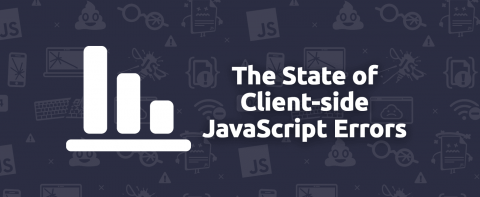The Ongoing State of JavaScript Errors
Today, we’re releasing TrackJS Global Error Statistics to the public. This aggregated production data is a useful measure of the state of client-side JavaScript errors and the quality of the web. We break it down by the most common errors, browsers, and operating systems. We did this a few years ago with the State of Client-Side JavaScript Errors. It was quite useful, but very time consuming to produce.








